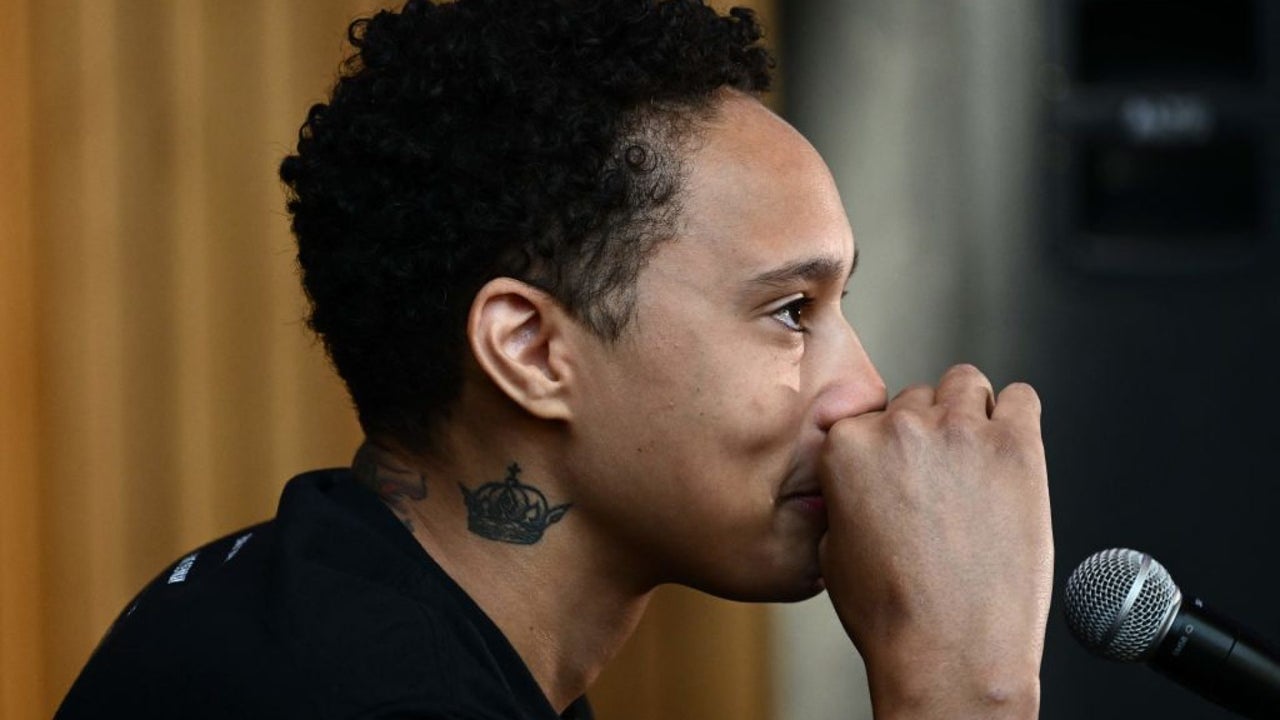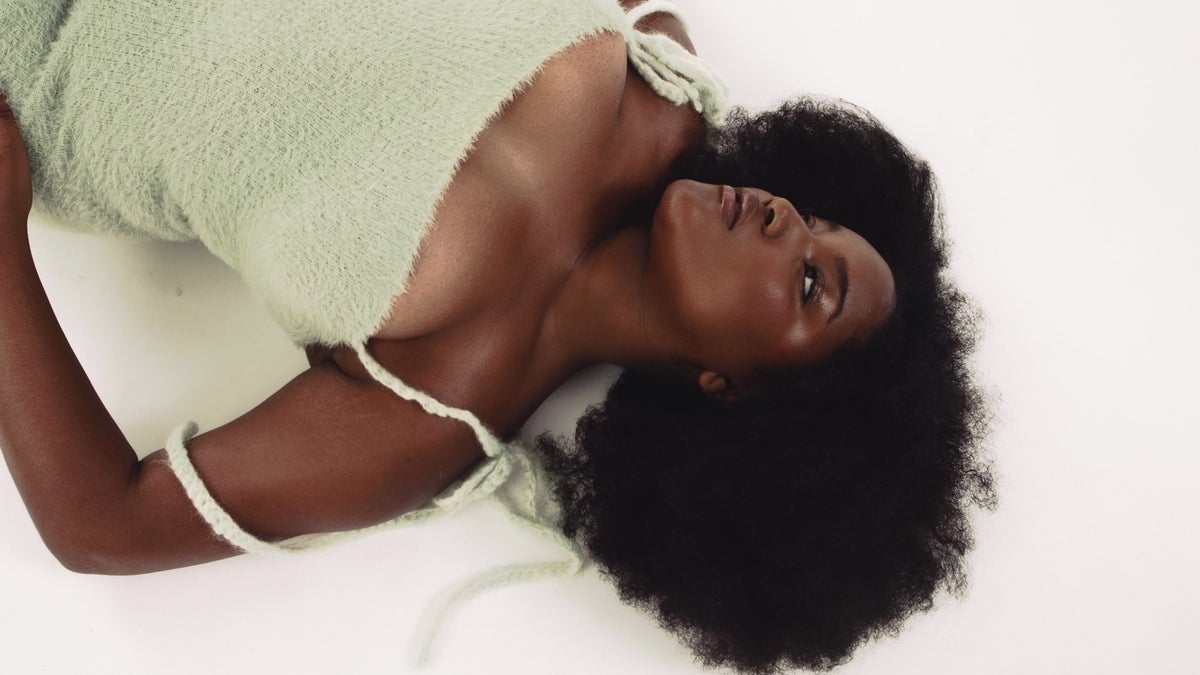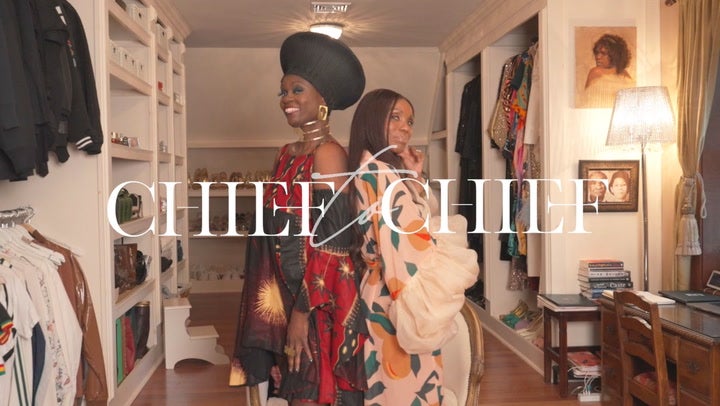
Pauline Forlenza has been at the helm of the American Federation of Arts (AFA) for 11 years. Although she began her career in the financial sector after moving to the United States from Guyana, Forlenza says she always held her love for the arts close until she could make it her life’s work.
“I never lost sight of how special it was to grow up in a place where everybody had access to art, and everybody was creating art in some way,” she says with a smile. “I remember how everybody found their place in this festival [Festival of Arts] at my high school St. Roses. For me, I also found how I could contribute to the world through art,” Forlenza tells ESSENCE.
As director and CEO of the AFA, a New York City-based nonprofit, she leads the team at an organization with a long-held mission to bring art to communities that may not necessarily have access to it through traveling exhibitions.
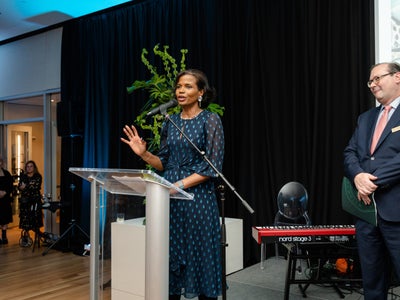
The organization collaborates with curators, artists and museums to create exhibitions of all genres and from all time periods that travel to museums across the U.S. AFA has also collaborated with museums in Europe, South America and Asia. “Think of us almost like a museum without walls,” Forlenza tells ESSENCE. “In my tenure here, what my wonderful team and I have looked do is to think about what exhibitions can we do that will be interesting to audiences across the United States that museums may not be able to organize themselves,” she adds.
Article continues after video.
Forlenza says a central part of that mission for the organization, which has been in operation for 115 years, is finding ways to bring more diverse audiences into museums across America and worldwide. An impactful way to do that for her was to devote more programming to highlighting Black artists across the African diaspora.
Under her leadership over the past decade, the AFA has increased not only its number of traveling exhibitions but also the number of art exhibits devoted to Black artists of the African diaspora.
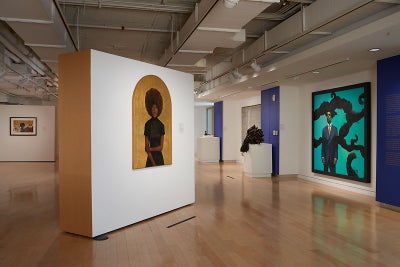
The AFA is currently touring two HBCU arts collections: African Modernism in America from Fisk University in Tennessee and Art and Activism at Tugaloo College in Mississippi. Some other recent exhibits include Whitfield Lovell: Passages, a multi-sensory exhibition focused on lost African American History, Black Refractions: Highlights from The Studio Museum in Harlem, and Out of The Box: The Rise Of Sneaker Culture organized by AFA and the Bata Shoe Museum.
It’s a concerted effort that this dynamic arts executive says began in 2018 and gained more momentum during the COVID-19 pandemic when the United States faced a reckoning on race and social justice issues.
“I became committed to that because it was obvious that museums still are not representative of the communities that they serve. And they were only bringing in a certain kind of audience, mostly white audiences. And it was clear that had to change, she says.
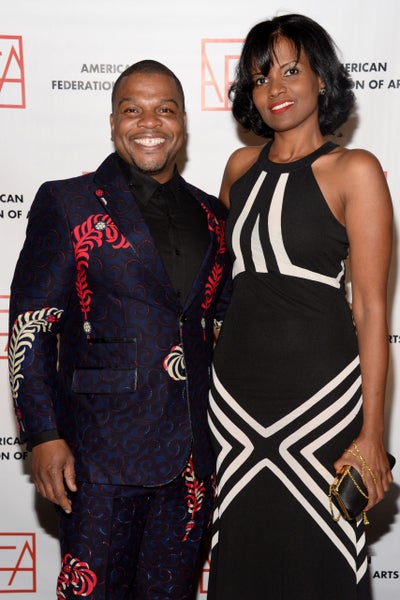
American Federation of Arts Gala & Cultural Leadership Awards 2013==
The Metropolitan Club, NYC==
October 29, 2013==
©Patrick McMullan==
Photo – Clint Spaulding/PatrickMcMullan.com==
==
As Forlenza continues to do her part to impact change in this space, she says that one of the biggest challenges is getting the resources to do this necessary work. “I think this is something which I think is true for every single person that leads a nonprofit in America.”
However, she says the reward is seeing how audiences respond to these exhibitions when they’re presented in communities where people can see themselves and also enjoy iconic works of art they may have never thought they could see in their hometown.
With over 20 of experience in the field, Forlenza says her advice to other Black women in the arts or those that want to work in the space is to “be bold and don’t be afraid of being uncomfortable, you may just create change.”

